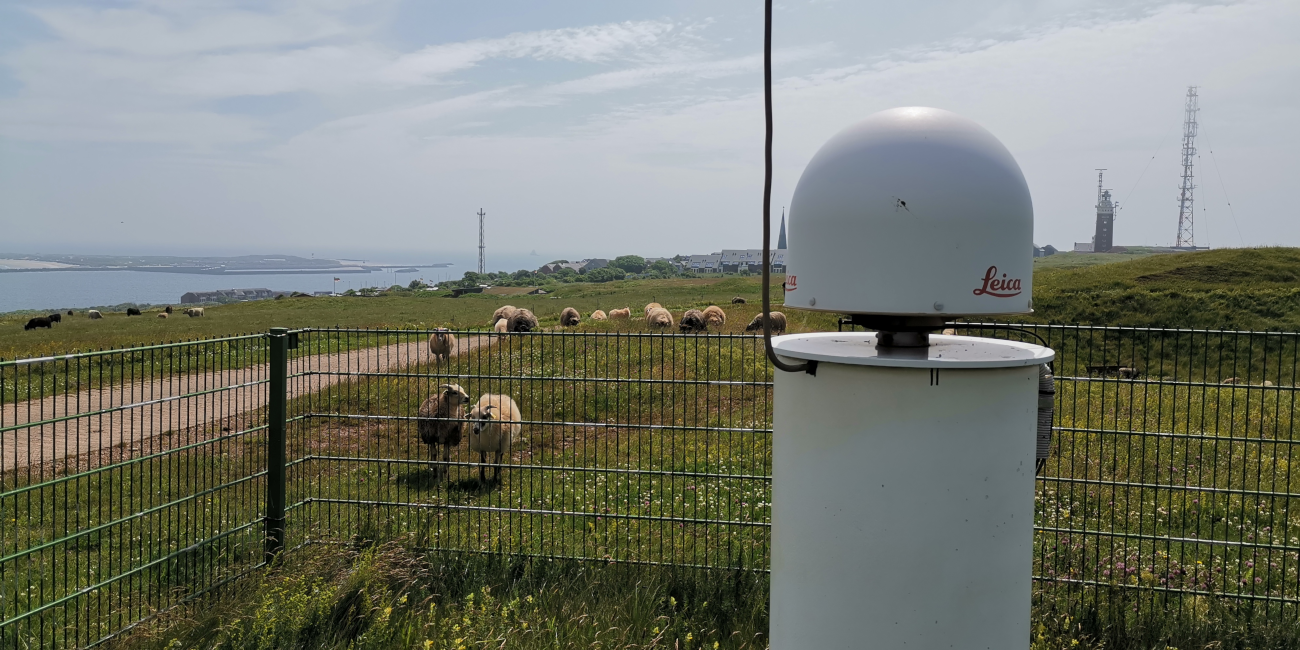PSGD has in numerous projects computed accurate coordinates of reference station networks in different countries. These coordinates establish the national geodetic reference frame.
The stability of reference station positions over time is analyzed by means of repeated measurements or processing of GNSS measurements from a large time interval (multiple years). In a respective project for the geodetic agency of the federal state of Hessen (Hessisches Landesamt für Bodenmanagement und Geoinformation) the GNSS data of the SAPOS network in Hessen from years 2002 to 2012 have been processed and the stability of stations was proved.
Respective GNSS processing has been carried out in various projects for regions where tectonic motion is observed. Analysis yielded the size and pattern of tectonic motion, i.e. the geokinematics in these areas.
Processing of data from permanently operating GNSS stations, either in reference networks or geokinematics projects, generates position time series. A well-founded statistical analysis is a challenge and important task due to the inherent time correlations. Based on the above mentioned project for SAPOS Hessen research has been carried out to optimize the time series analysis methodology:
- Separation of deterministic and stochastic components in a time series.
- Identification of an adequate stochastic model for the data in a time series, especially taking into account the time correlations.
- Simultaneous estimation of deterministic and stochastic parameters by maximum-likelihood estimation.
- Model comparison and assessment by means of likelihood-ratio tests.



